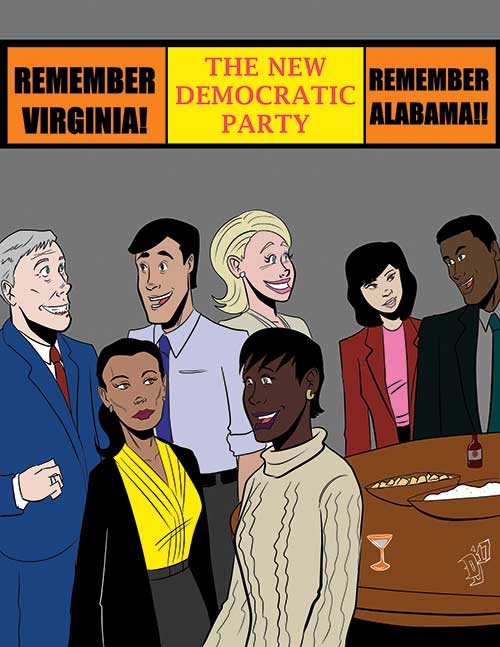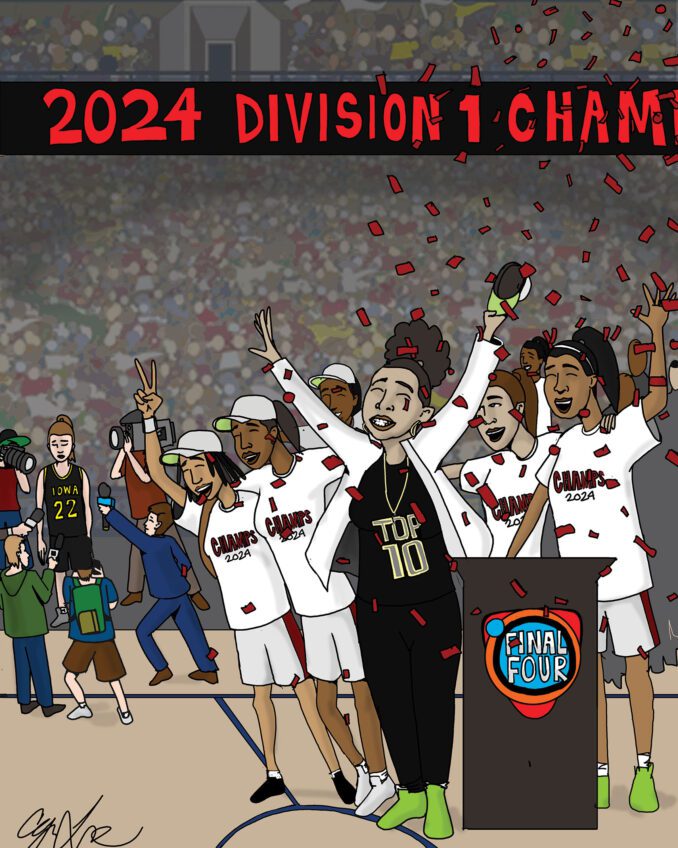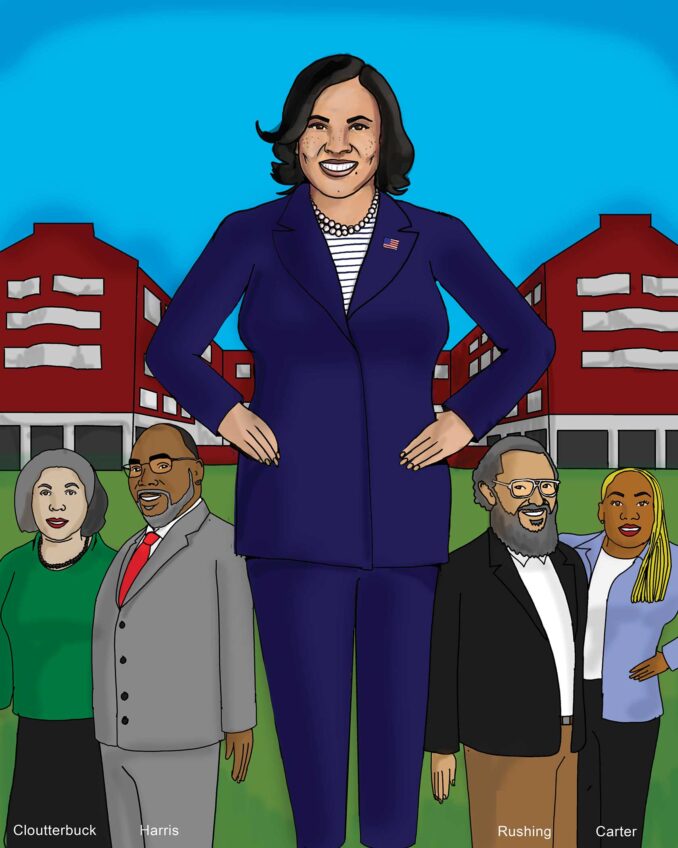
Citizens in a democracy are expected to vote for politicians who support proposals that are beneficial to most of the electorate. Recent elections in Virginia and Alabama raise serious doubts about public acceptance of Republican policies. African American voters have historically been in the lead away from the conservative Republican Party point of view.
After the Civil War blacks joined the Republican Party of Abraham Lincoln, the president who led the political effort to end slavery. During the Reconstruction Era, blacks in the South were prevented from voting and segregationist politicians belonged to the Democratic Party. Blacks were not even welcome.
In the 1930s, Franklin Delano Roosevelt, a leading Democrat, demonstrated concern for issues of importance to blacks as well as other working-class Americans. He was able to get 71 percent of the black vote in 1936, but many blacks were still reluctant to disavow their membership in the party of Lincoln. When Harry Truman desegregated the armed forces, he was able to get 77 percent of the black vote in 1948, but many blacks still remained nominally enrolled as Republicans.
Republican Dwight D. Eisenhower still got 39 percent of the black vote in 1956, but the bottom fell out of black support for Republicans eight years later. The GOP nominated Sen. Barry Goldwater for president in 1964. He ardently opposed the 1964 Civil Rights Act which Lyndon Johnson endorsed. Johnson got 94 percent of the black vote in 1964 and the Republicans have never recovered black political support.
According to the U.S. Census, 60 percent of the country’s black population lives in only 10 states. Red states in that group are Florida, Texas, Georgia, North Carolina, Maryland, Virginia and Ohio. A strategically organized Democratic Party could induce a political shift, especially in the Southern states.
The recent election of Doug Jones to the U.S. Senate from Alabama provides an idea of how such a change can occur. According to the Washington Post exit polls, in Alabama 29 percent of the voters were black and they voted 96 percent for Jones, while 66 percent of the voters were white but only about 30 percent voted for Jones. Thus about 20 points of Jones’ vote was from whites and 28 points was from blacks. This coalition is necessary for victory for Democrats.
Just a month earlier on Nov. 8, a similar pattern played out in the election for governor of Virginia. The Democrat Ralph Northam won. An estimated 67 percent of the voters were white and 20 percent were black. Only 42 percent of the whites voted for Northam but 87 percent of the blacks did so, and this coalition brought victory. (The other 12 percent of the voters were Hispanic, Asian and others and the voting breakdown could not be determined.)
Clearly, Democrats will be unable to win in many states without the full support of the black electorate. It is not enough to expect support at the polls by doing little more than running election ads. Blacks as well as whites have to be involved in a political process that is mutually beneficial. Virginia and Alabama have provided examples of what can be accomplished with a sustained coalition. Predatory Republicans will continue to provide a number of issues for fair-minded citizens to protest regardless of their race.






